49.5 x 65.5 without frame
59 x 74 with frame
In this countryside scene deeply rooted in reality, Léon Georges Calvès illustrates the work of the land with emotional accuracy and naturalistic precision. A peasant guides three draft horses across a plowed field, under a cloudy sky that envelops the scene in a soft, diffuse light. The sober and balanced composition highlights the power of the animals, the harshness of the work and the tranquility of the landscape. Trained by painters such as Charles-François Daubigny, Gustave Boulanger and Armand Guillaumet, Calvès follows the tradition of French rural realism and is close to the spirit of the Barbizon school. He develops a genre painting imbued with humanity, where nature and man coexist in a humble and sincere relationship. The ploughing testifies to this approach, both documentary and poetic, which aims to preserve the memory of a disappearing world. The painting is presented on its original canvas and frame. It has benefited from some minor restorations carried out by professionals, and is today in a very good state of conservation. It can be hung as is, without requiring further intervention. An oval ink stamp is affixed to the original frame of the work, bearing the words "HARDY ALAN, 36, Rue du Cherche-Midi, Paris". This is the stamp of a Parisian supplier of canvases, frames and materials for artists, active at the end of the 19th century. Rue du Cherche-Midi, located in the 6th arrondissement, not far from Montparnasse and the École des Beaux-Arts, housed several shops and studios linked to Parisian artistic life.
Léon Georges Calvès (1848–1924) was a French painter trained at the École des Beaux-Arts in Paris. A student of Daubigny, Boulanger, and Guillaumet, he made his debut at the Salon of 1870, where he initially exhibited watercolors before turning to oil painting. He specialized in depicting rural scenes, country landscapes, and farm work, with a particular focus on draft horses. His style was in line with the masters of the Barbizon school, such as Troyon and Millet, combining naturalistic rigor, a sense of light, and a deep attachment to the rural world.



























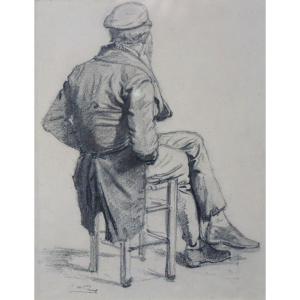



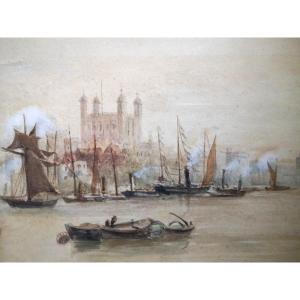






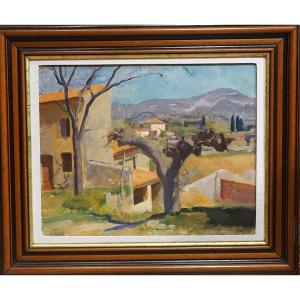

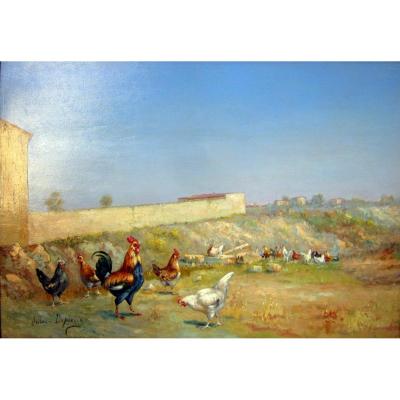
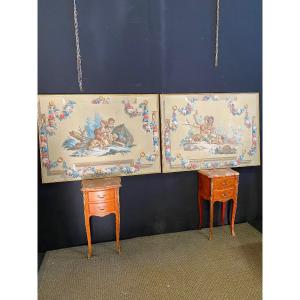


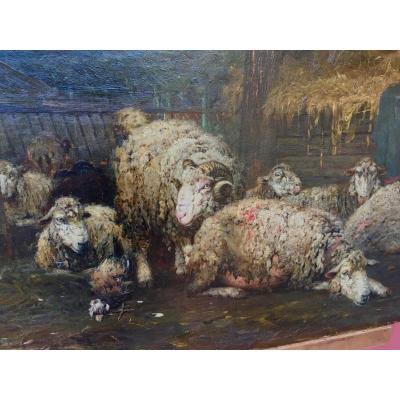



 Le Magazine de PROANTIC
Le Magazine de PROANTIC TRÉSORS Magazine
TRÉSORS Magazine Rivista Artiquariato
Rivista Artiquariato